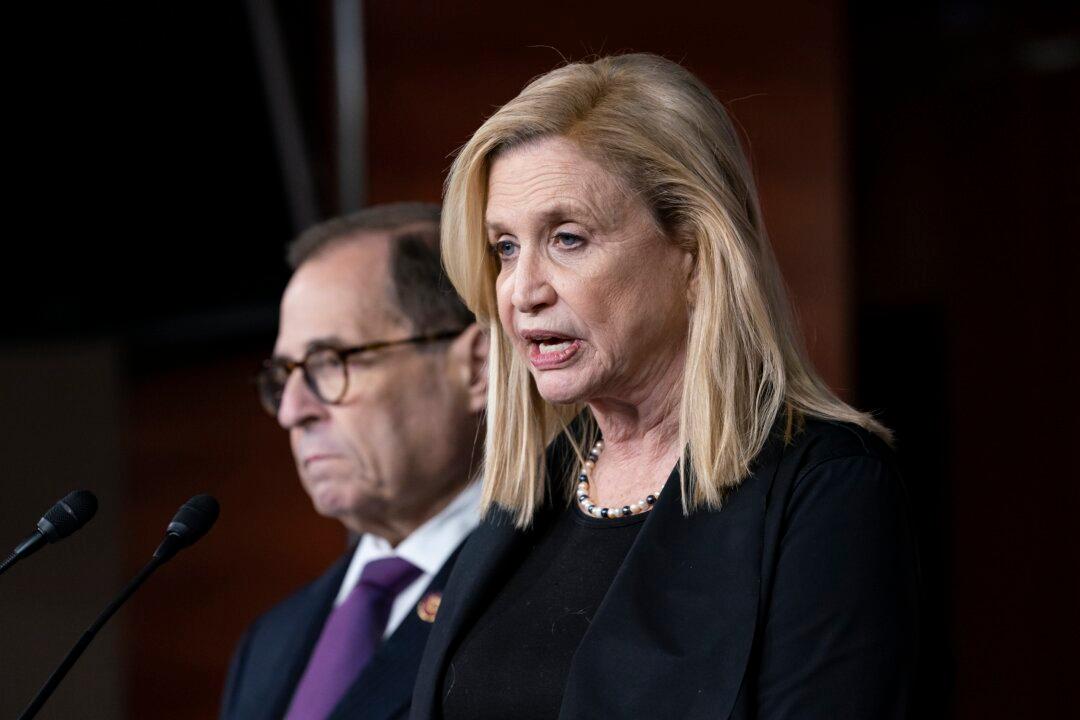Fifteen members of the U.S. House of Representatives lost during the recently completed primaries for the 2022 midterm election cycle, nearly double those who were denied renominations in 2020 and the highest number of sitting lawmakers ousted by party rivals in decades.
The incumbents include nine Republicans and six Democrats. That number tops the 14 House members who were unseated in 1992 primaries—which presaged 1994’s midterm conservative capture of the House that led to Newt Gingrich (R-Ga.) becoming speaker—and the 13 voted out in the 2012 primaries, when Tea Party activists rattled the GOP.
The losses by incumbents in primary races aren’t necessarily evidence of an emerging anti-incumbent trend but confirm that sitting House members and senators rarely lose reelection bids.
U.S. House and Senate incumbents have a 90-percent plus reelection rate, including 94.72 percent in this year’s primaries, according to analyses by OpenSecrets.org.
House incumbents were reelected at a 94.7 percent clip in 2020, 91 percent in 2018, 96.7 percent in 2016, 95.4 in 2014, 89.8 in 2012, and 85.4 percent in 2010, OpenSecrets.org indicated. The chamber’s lowest reelection rate in the past 50 or so years was 85 percent in 1970.
Senate incumbents were reelected at an 83.9 rate in 2020, 84.4 percent clip in 2018, and 93.1 percent in 2016. The chamber’s lowest reelection rate in recent history, 55 percent, occurred in 1980, when Republicans flipped 12 seats to gain control of the Senate for the first time since 1955, according to OpenSecrets.org.
All 435 U.S. House seats and 34 U.S. Senate seats—20 held by Republicans, 14 by Democrats—are on the Nov. 8 ballot. Democrats have a 221-212 advantage in the House with Republicans favored to flip at least five seats to gain control of the chamber. The Senate is split 50-50, with Democrats in the majority because Vice President Kamala Harris is the tiebreaking vote; both parties believe they can win an outright majority in the November general election.
Candidate Numbers
According to analyses by the Brookings Institute’s Primaries Project and elections analytic site FiveThirtyEight, when the 2022 midterm cycle began in Texas in March, 2,362 people had filed to run as candidates in 600-plus U.S. House party primaries and 241 as candidates in 50-plus primaries for the 34 U.S. Senate seats.
Now that voters in Delaware, Rhode Island, and New Hampshire cast their ballots in the last of 48 state 2022 primaries on Sept. 13, fewer than 1,000 of those 2,600-plus candidates are still campaigning.
There are now about 950 candidates from all parties seeking the 435 House seats and about 100 candidates running for the 34 U.S. Senate seats, including 34 Republicans, 33 Democrats, 20 Libertarians, and assorted third-party candidates, according to FiveThirtyEight.
In Senate primaries across the country, 91 Democrats ran in 23 party preliminaries and exactly 150 Republicans competed in 25 primaries. Nineteen of 31 incumbents running, including 10 Democrats, advanced without primary challenges.
Democrats aren’t running a candidate in Utah’s Senate race, but are backing independent Evan McMullin’s campaign against incumbent Republican Sen. Mike Lee (R-Utah).
Three of 14 incumbent Democrats—Sens. Mark Kelly of Arizona, Raphael Warnock of Georgia, and Catherine Cortez Masto of Nevada—are engaged in “tossup” races against GOP challengers.
Three of the 20 Senate seats held by Republicans, including two being vacated by retiring senators in Ohio and Pennsylvania, are up for grabs, with incumbent Sen. Ron Johnson (R-Wisc.) the most endangered of the chamber’s sitting Republicans.
While only 38 percent of incumbent senators on November’s ballot faced primary tests, more than 64 percent of sitting House members running for reelection had to win primaries to earn their general election berths, according to Brookings Institute’s Primaries Project.
More than 100 House incumbents advanced without a primary challenge, but 284 others were “primaried,” with 15 failing to be renominated while nearly 95 percent won, often easily.





